IJERPH, Free Full-Text
Por um escritor misterioso
Last updated 22 dezembro 2024

The current study analysed whether the osteogenic stimuli of exercises and sports have an independent effect on bone mineral density (BMD). Studies with a design having two different cohorts were searched and selected to distinguish the effect due to long-term involvement (i.e., athletes vs. non-active young with good bone health) and due to the planning of intervention (i.e., pre- vs. post-training) with exercises and sports. Moreover, only studies investigating the bone sites with a body-weight support function (i.e., lower limb, hip, and spine regions) were reviewed, since the osteogenic effects have incongruous results. A meta-analysis was performed following the recommendations of PRISMA. Heterogeneity (I2) was determined by combining Cochran’s Q test with the Higgins test, with a significance level of α = 0.05. The studies reporting the effect of involvement in exercise and sports showed high heterogeneity for the lower limb, total hip, and spine (I2 = 90.200%, 93.334%, and 95.168%, respectively, with p < 0.01) and the effect size on sports modalities (Hedge’s g = 1.529, 1.652, and 0.417, respectively, with p < 0.05) ranging from moderate to high. In turn, the studies reporting the effect of the intervention planning showed that there was no heterogeneity for the lower limb (I2 = 0.000%, p = 0.999) and spine (I2 = 77.863%, p = 0.000); however, for the hip, it was moderate (I2 = 49.432%, p = 0.054), with a low effect between the pre- and post-training moments presented only for the hip and spine (Hedge’s g = 0.313 and 0.353, respectively, with p < 0.05). The current analysis supported the effect of involvement in exercise and sports by evidencing the effect of either weight-bearing or non-weight-bearing movements on BMD at the femoral, pelvic, and lumbar bones sites of the athletes when comparing to non-athletes or non-active peers with healthy bones. Moreover, the effect of different exercise and sports interventions highlighted the alterations in the BMD in the spine bone sites, mainly with long-term protocols (~12 months) planned with a stimulus with high muscle tension. Therefore, exercise and sport (mainly systematic long-term practice) have the potential to increase the BMD of bones with body-weight support beyond the healthy values reached during life phases of youth and adulthood.

IJERPH, Free Full-Text

HOLY QUR'AN REF.3 (13 LINE - LARGE WORDS) 10 X 7 (IndoPak script

IJERPH, Free Full-Text

Free G Form Ames Ages 18 - Colaboratory
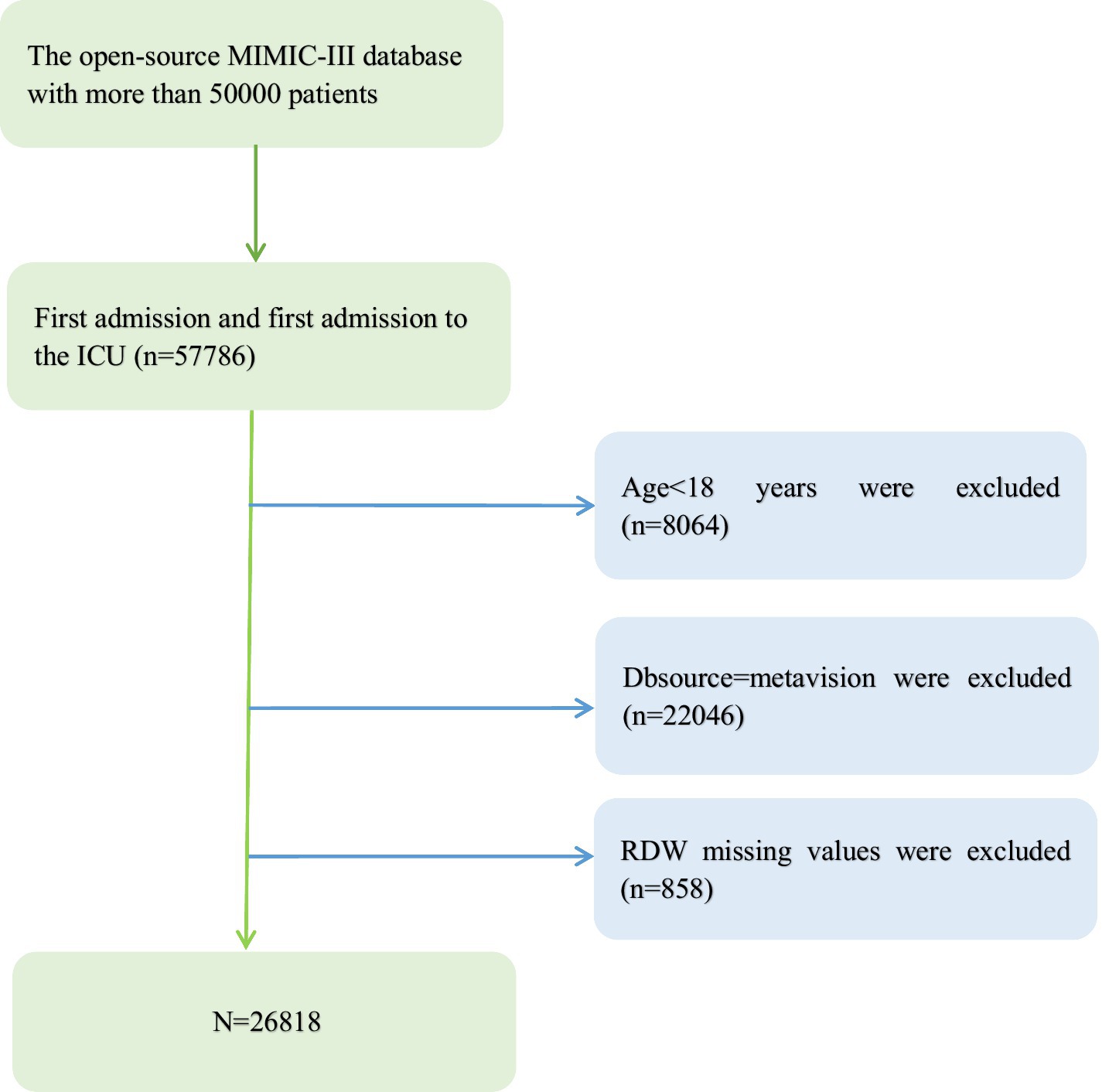
IJERPH Free Full-Text Red Cell Distribution Width As A, 59% OFF

PDF) International Journal of Environmental Research and Public Health

Gst 107 Course Material - Colaboratory

Read Al-Quran, Part / Chapter / Siparah 12 Page 214, Free Quran

Cohort Site Forum.Blockland.Us - Colaboratory
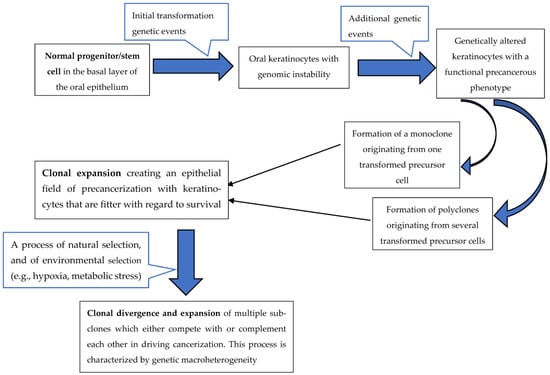
Parson Ophthalmology Pdf Google Drive - Colaboratory
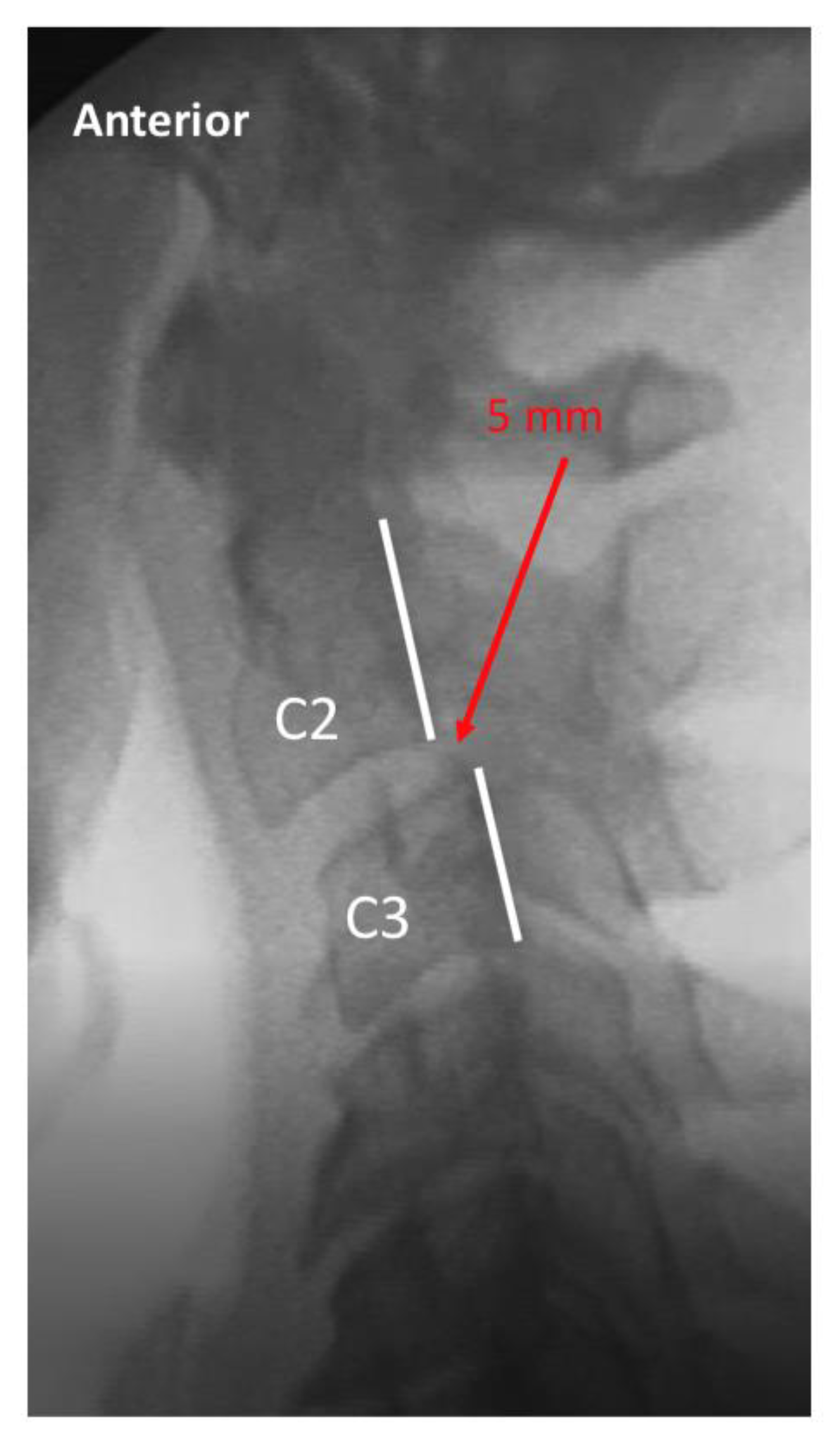
IJERPH, Free Full-Text
Recomendado para você
-
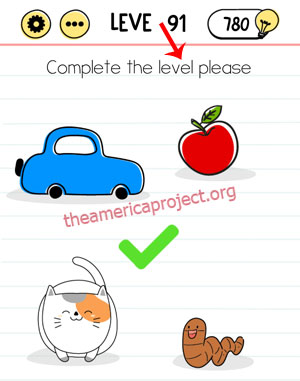 Brain Test Level 91, 92, 93, 94, 95, 96, 97, 98, 99, 100 Answers22 dezembro 2024
Brain Test Level 91, 92, 93, 94, 95, 96, 97, 98, 99, 100 Answers22 dezembro 2024 -
 brain test fase 8822 dezembro 2024
brain test fase 8822 dezembro 2024 -
 how to solve level 88 onbrain test|TikTok Search22 dezembro 2024
how to solve level 88 onbrain test|TikTok Search22 dezembro 2024 -
 nivel 88 brain test22 dezembro 2024
nivel 88 brain test22 dezembro 2024 -
deja entrar al gato nivel 88|Búsqueda de TikTok22 dezembro 2024
-
 Brain Test Level 166 Collect 3 apples please in 202322 dezembro 2024
Brain Test Level 166 Collect 3 apples please in 202322 dezembro 2024 -
 Musical bois! Gacha-Life Amino22 dezembro 2024
Musical bois! Gacha-Life Amino22 dezembro 2024 -
 Download do APK de Wild CashTeste para ganhar para Android22 dezembro 2024
Download do APK de Wild CashTeste para ganhar para Android22 dezembro 2024 -
 brain test nivel 18522 dezembro 2024
brain test nivel 18522 dezembro 2024 -
 Brain Test 2: Aventuras::Appstore for Android22 dezembro 2024
Brain Test 2: Aventuras::Appstore for Android22 dezembro 2024
você pode gostar
-
 Assistir Maou Gakuin no Futekigousha 2 Episodio 2 Online22 dezembro 2024
Assistir Maou Gakuin no Futekigousha 2 Episodio 2 Online22 dezembro 2024 -
 Aposte agora no jogo de futebol 3d com bola no rótulo de grama22 dezembro 2024
Aposte agora no jogo de futebol 3d com bola no rótulo de grama22 dezembro 2024 -
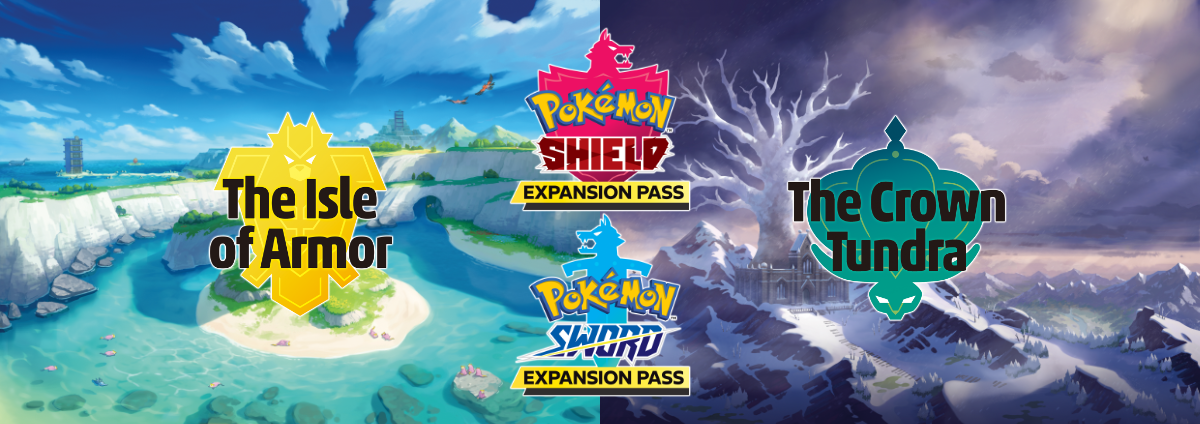 Pokémon Sword and Shield Expansion Pass Announced - Pure Nintendo22 dezembro 2024
Pokémon Sword and Shield Expansion Pass Announced - Pure Nintendo22 dezembro 2024 -
 Scarlett Johansson's Black Widow Creates A New Record, Becomes The22 dezembro 2024
Scarlett Johansson's Black Widow Creates A New Record, Becomes The22 dezembro 2024 -
Blox Fruits vs One Piece - All Devil Fruits. I recently corrected22 dezembro 2024
-
 Scarlett Johannson cuts off financial support for mom Melanie Sloan's high-roller life – New York Daily News22 dezembro 2024
Scarlett Johannson cuts off financial support for mom Melanie Sloan's high-roller life – New York Daily News22 dezembro 2024 -
 Camiseta Oakley The Dragon Tattoo 458065br-100 - Branco22 dezembro 2024
Camiseta Oakley The Dragon Tattoo 458065br-100 - Branco22 dezembro 2024 -
 2022 new way to make custom emblems for Battlefield 4, battlefield22 dezembro 2024
2022 new way to make custom emblems for Battlefield 4, battlefield22 dezembro 2024 -
 CheckMate Anitta + #CeAStudios - Trailer de Vai Malandra22 dezembro 2024
CheckMate Anitta + #CeAStudios - Trailer de Vai Malandra22 dezembro 2024 -
Bilhares Casa Grande - AS REGRAS DO JOGO! O jogo de bilhar é muito22 dezembro 2024


